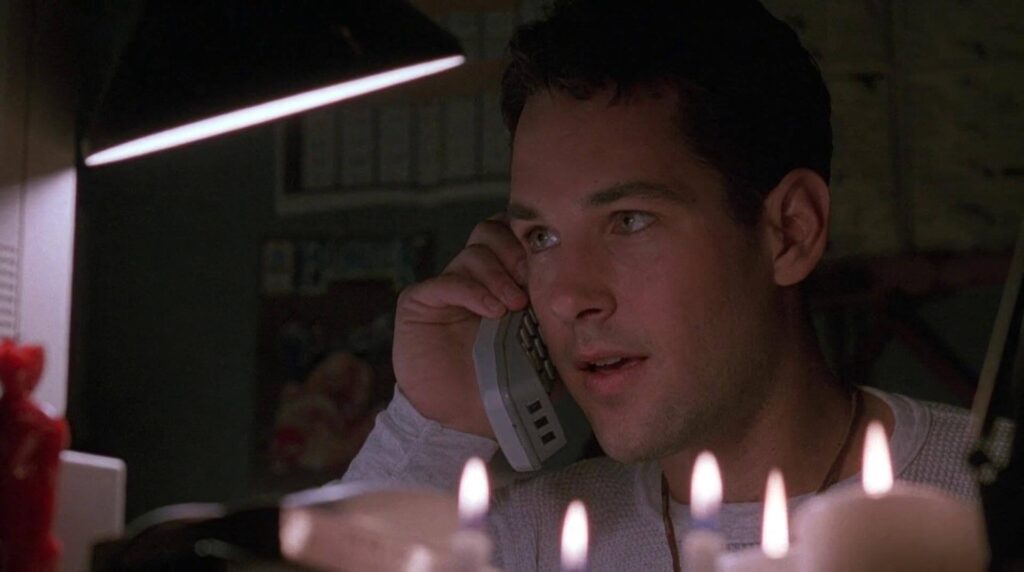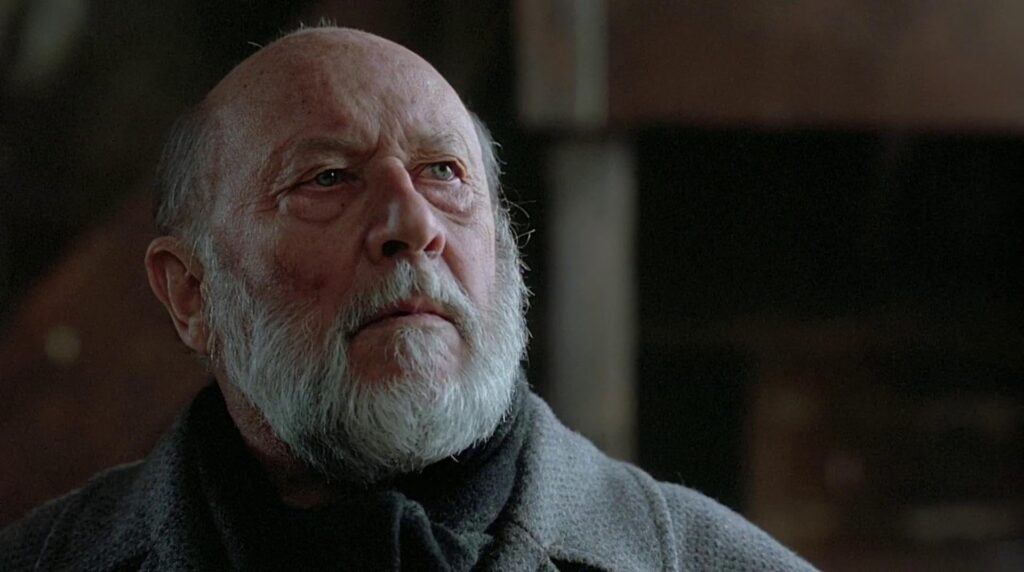In celebration of the 30th anniversary of “Halloween: The Curse of Michael Myers,” I’m finally diving into one of the most divisive films in the entire Halloween franchise. Directed by Joe Chappelle and released in 1995, this sixth installment is best known not for its scares, but for the chaos behind the scenes and the infamous existence of two drastically different versions: the theatrical cut and the producer’s cut.
The theatrical version is a bloodier, more chaotic slasher with added gore and little narrative focus. The producer’s cut, on the other hand, pulls back on the violence but adds a tangled web of mythology involving the mysterious Cult of Thorn — the shadowy group supposedly responsible for controlling Michael Myers’ evil. Neither version feels entirely cohesive, but they each highlight a strange creative tug-of-war that ultimately left this sequel feeling uneven.
Set six years after the previous film, “The Curse of Michael Myers” finds the infamous killer returning to Haddonfield once again. Jamie Lloyd, now grown and held captive by the cult, gives birth to a child before being hunted down by her uncle. Meanwhile, the Strode family (relatives of Laurie Strode) has moved into Michael’s childhood home, unaware that evil is about to resurface. Their story intersects with a now-adult Tommy Doyle (played by a very young Paul Rudd, in his film debut) and Dr. Loomis (the late Donald Pleasence, in his final performance), as they uncover the sinister forces behind Michael’s curse.

Whether you choose one version or the other, “The Curse of Michael Myers” isn’t a strong film. The performances range from passable to unintentionally funny, with Pleasence once again being the standout — a consistent anchor even in weaker entries. Paul Rudd, meanwhile, gives an early glimpse of his charisma, though his performance here leans heavily into awkward theatrics as he tries to embody a traumatized survivor.
Story-wise, the film’s attempt to explain Michael’s evil through cult magic and runes is perhaps its biggest mistake. Michael Myers was always scariest when he was unexplained — a silent embodiment of evil. Turning him into a pawn for a cult strips away that mystery, replacing it with convoluted pseudo-lore that doesn’t hold up.
That said, the film isn’t without its entertainment value. The theatrical cut’s over-the-top kills — including one hilariously explosive death — offer a certain so-bad-it’s-good appeal, while the producer’s cut provides a fascinating, if misguided, look at what could have been. Both versions, though, ultimately highlight a franchise struggling to find direction in the mid-’90s.

With Pleasence’s passing, “The Curse of Michael Myers” marked the end of an era for the franchise. It’s an ambitious mess that tried to expand the mythos but instead buried it under unnecessary complexity. Whether you laugh at its cheesier moments or cringe at its lore, it’s an odd time capsule of ’90s horror — one that’s easier to appreciate today for its absurdity than its quality.
Ultimately, a misguided but oddly fascinating entry in the Halloween saga, “The Curse of Michael Myers” remains one of the franchise’s most infamous experiments. It’s worth a watch for diehards — or for anyone curious to see Paul Rudd in his first film — but it’s hardly essential viewing.
Rating: 3/10




